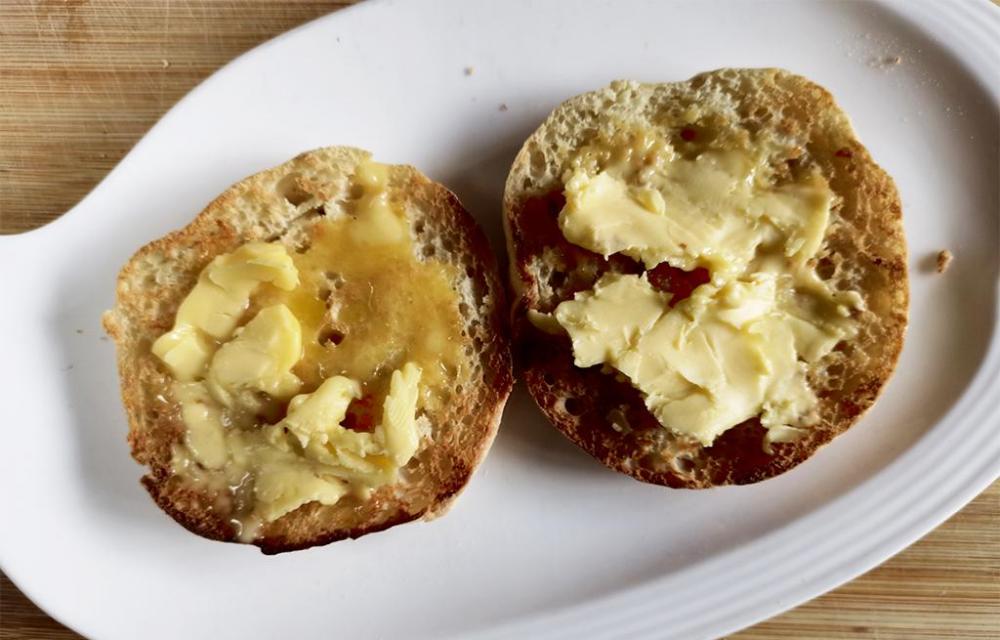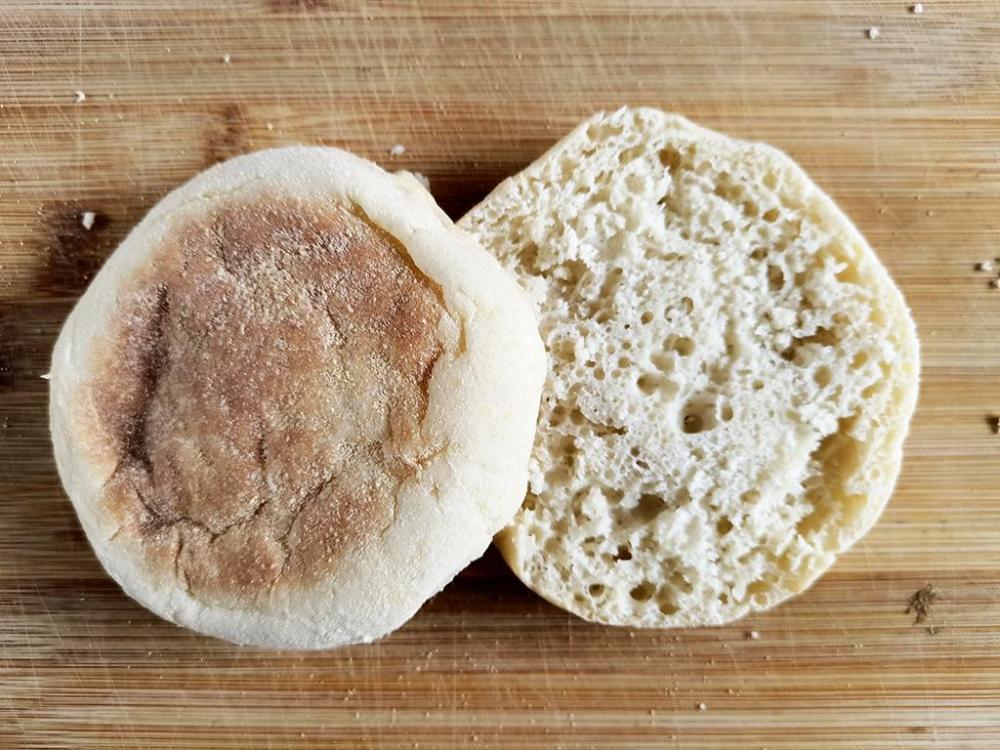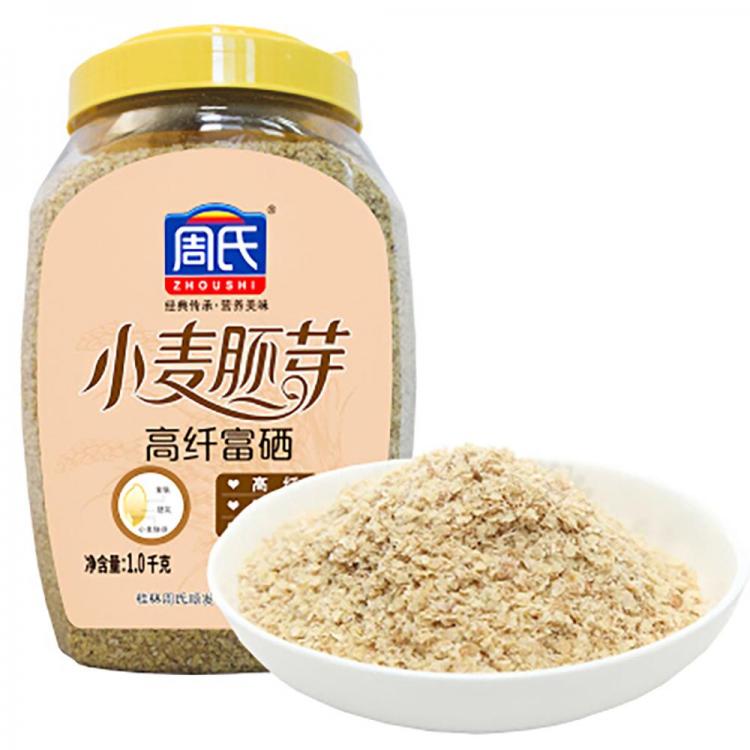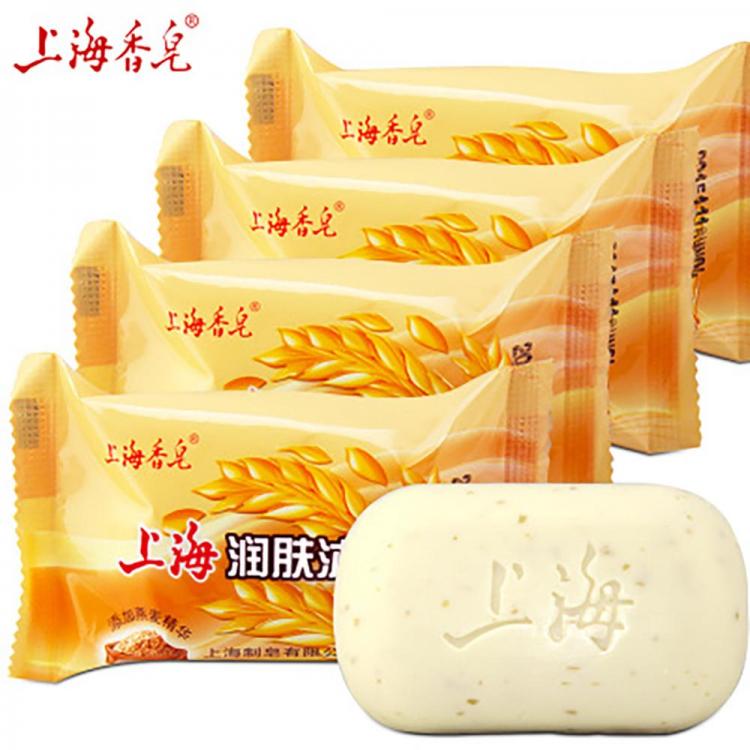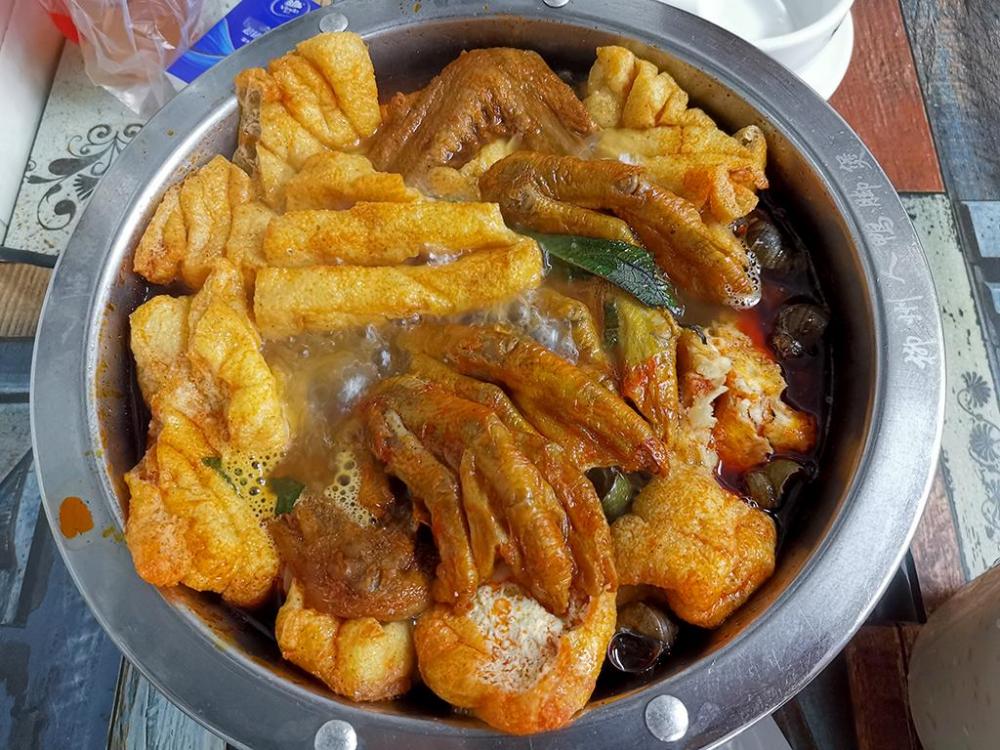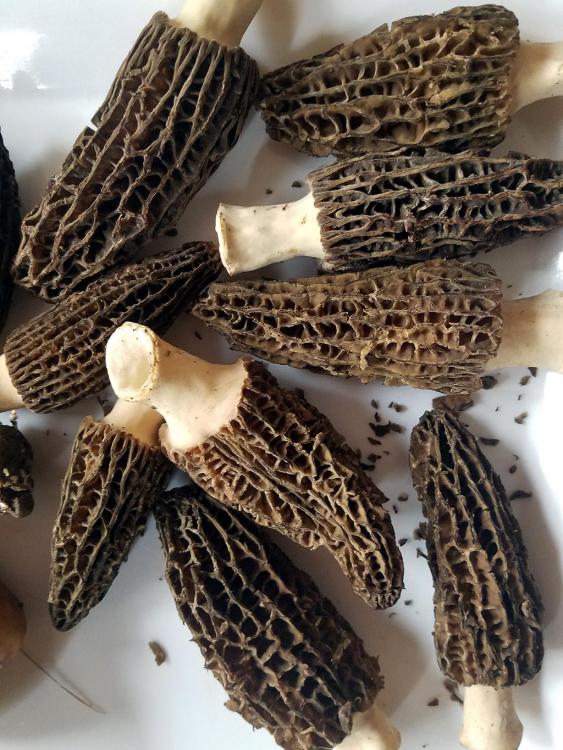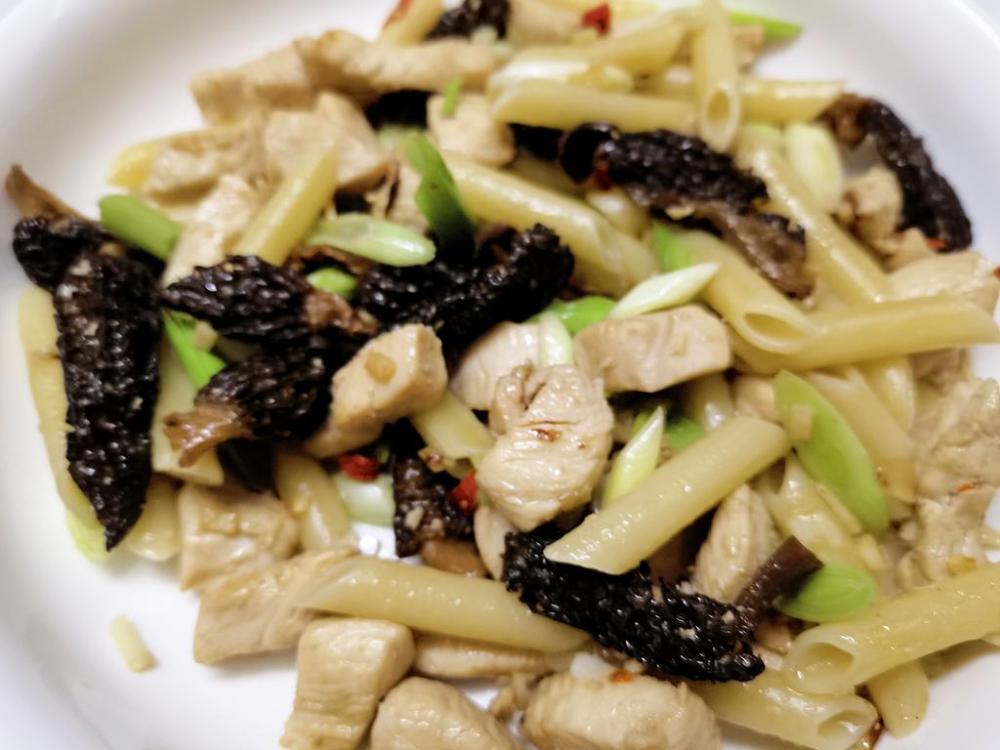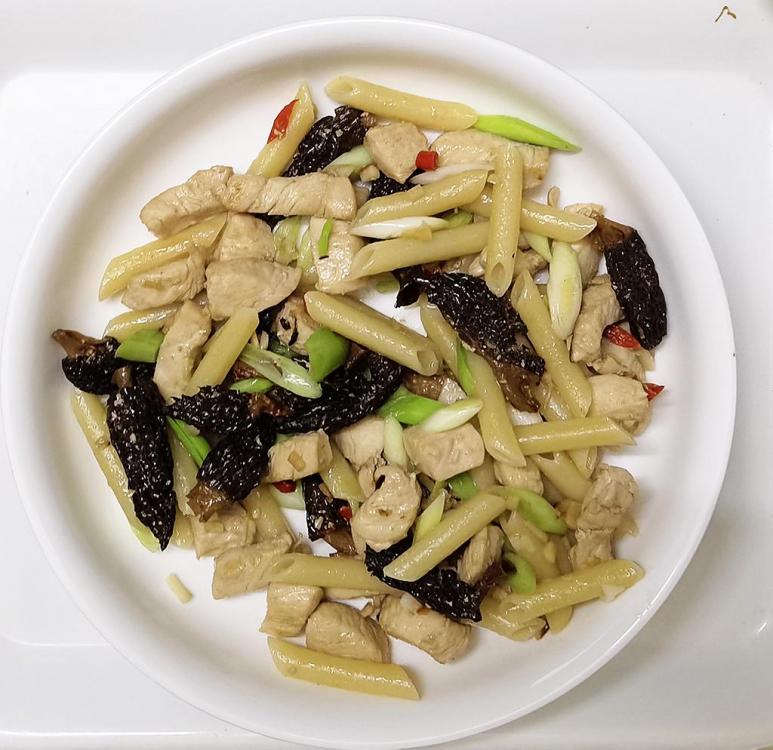-
Posts
16,658 -
Joined
-
Last visited
Content Type
Profiles
Forums
Store
Help Articles
Everything posted by liuzhou
-
Today is 七夕节 (qī xī jié), the Double Seventh Festival held on the 7th day of the 7th month by the traditional Chinese solar-lunar calendar. This is often referred to as Chinese Valentine's Day (although they have taken up observing the February 14th western one, too!) It is one of the few Chinese festivals with which no particular foods are attached, but I am 'celebrating' by snacking on spicy braised duck hearts! Here is the 2,000-year-old legend on which the festival is based.
-
Yes, I realise it's regional. They are largely unknown in any form, here.
-
Really? In my experience, most people think of red split lentils.
-
Yes muffins and crumpets are completely different aniimals, except maybe in shape.
-
It is made into a porridge-like breakfast, often with other grains.
-
My "English" muffins arrived this morning. Of course, I had to try one. Toasted and buttered. Now, I have no idea if these are typical American "English muffins", but they look taste like what I call muffins, although the texture was a bit heavier. I don't know where they are actually from - possibly baked in Hong Kong, but that is a pure guess, based on where they wer shipped from - Shenzhen, just on the border with between HK and the mainland. .
-
I'm not sure what is 'silly' about it. It is quite simple really.
-
It's quite popular here. This brand in particular. It is imported from Australia. I can see this, too. But don't eat it. It's soap.
-
That would appear to be an example of what I mentioned upthread about many people not knowing the difference between the UK, Britain and the constituent members.
-
When I first moved to China, butter, known in Chinese as 黄油 (huáng yóu, literally 'yellow fat') was impossible to find. Then it began to appear very occasionaly in obscure stores. Always salted. A few years ago, there was a very short lived fad for baking and then butter became more widely available but always unsalted. The salted stuff disappeared. Grrr! Now, it's gone to both being available, albeit it absent in most stores and supermarkets and rip-off prices in the few places that carry it. Also, the stuff in my local supermarket has been sitting in those chill cabinets undisturbed for months! I buy mine online.
-
It's a popular theory, but one which has been challenged by several renowned lexicographers going all the way back to Samuel Johnson (1709-1784) through to Robert Burchfield, editor of the Oxford English Dictionary from 1956 to 1986. There is little hard evidence supporting the theory and some contradicting it.
-
Yeah, I know. British English has always taken food names fron French rather than Spanish or Italian as is more usual in the Americas. Hence aubergines instead of eggplants, courgettes instead of zucchini, coriander rather than cilantro, rocket rather than arugula etc.
-
I think a lot of the problem with this is that most of those foods aren't English at all. Some are maybe British, but so many people don't know the difference between Britain and the UK and England! I have no idea what English toffee is? English Bangers, either. The expression 'bangers' for sausages actually came from Australia! And English peas baffles me! What are they⁈
-
I was recently asked elsewhere if England has English muffins? Well, Britain has something similar, if not identical. I've never had American "English muffins", so I'm not sure. We just call them "muffins". We don't check their passports! I have ordered some on-line and should have them in the next day or two. I'll let you know, but I bet they have never been anywhere near England. Now. What about "English cucumbers"? What are they and what is English about them? Any other foods called English?
-
I'm not sure how much surf there is in rice paddies. But kind of, yes, I suppose so. Although I suspect this came first!
-
田螺鸭脚煲 (tián luó yā jiǎo bāo) Slow-braised field snails with ducks' feet and tofu skin. A very popular local dish. In a small hole-in-the-wall near home. With rice.
-
No. Wild foraged morels from Yunnan, China.
-
While the fresh are undoubtedly better, the dried are perfectly acceptable and reconstitute well. I would use the two differently, though. Fresh morels I usually simply fry in butter and serve as a dish in their own right. The dried I tend to use with other ingredients (sometimes including other mushroooms) in stir fries, etc. Of course, I keep the soaking liquid for other uses.
-
I don't think the morels here are any different. Those in my dish were dried morels which I rehydrated then sliced in half. This year's fresh supply is expected in the next week or so.
-
It is chicken breast. Not something I usually buy - I prefer dark meat 90% of the time. The birds are butchered in house by the supermarket staff. I don't recall seeing pre-packaged chicken bits. Regular markets seldom sell parts; just whole live birds although they will kill and de-feather them for you. But they don't normally break them down into parts.
-
Extraordinary History of Three London Restaurants I've eaten in the last two.
-



.jpg.3e28d4c54018dc85db4cd40556d37b67.jpg)



